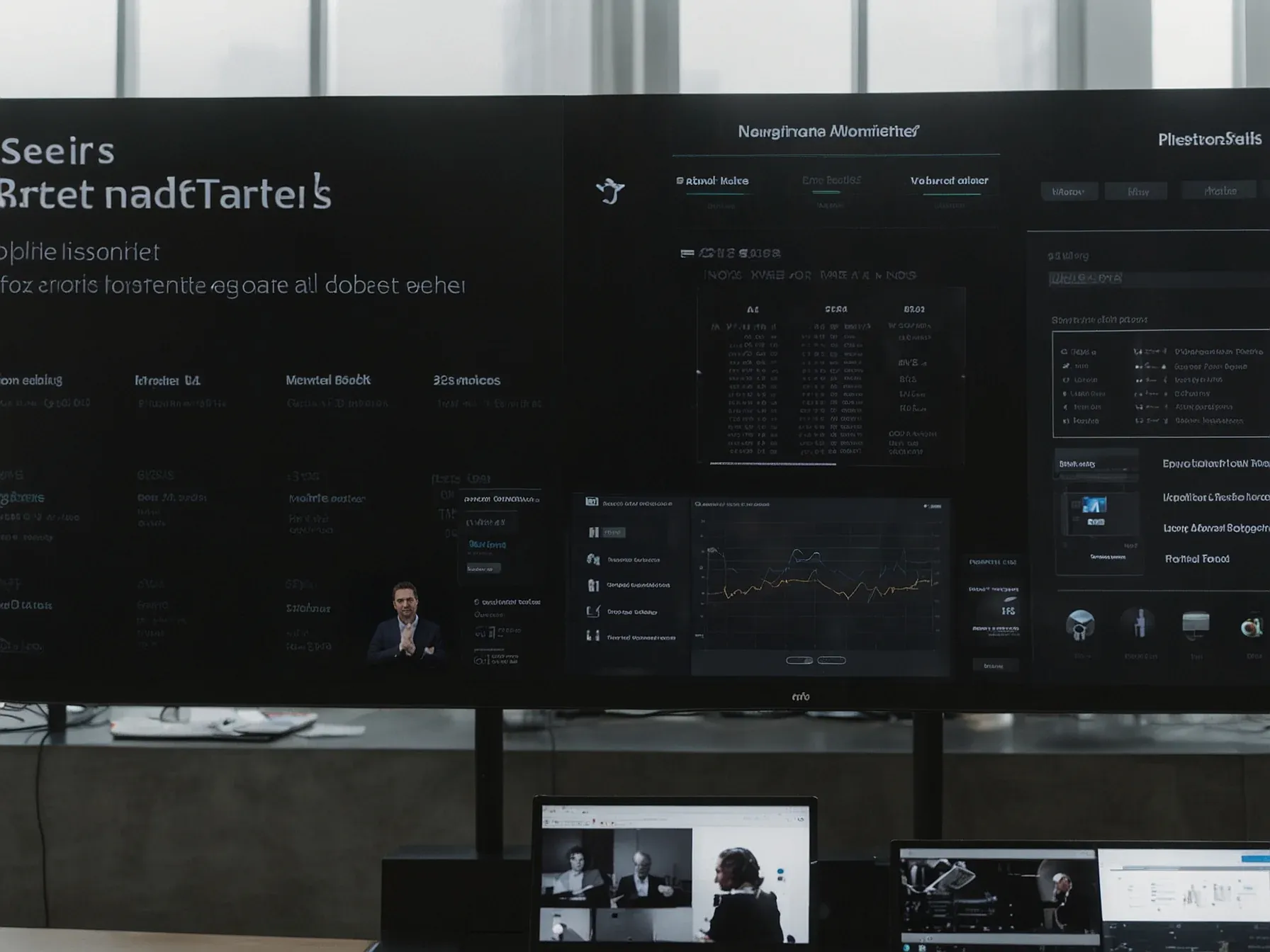
ElevenLabs' Scribe v2 delivers real‑time, negative‑latency transcription
Why does a transcription model that can predict ahead of the speaker matter? In a world where voice‑driven products are moving from niche demos to everyday tools, latency isn’t just a technical footnote—it’s a user‑experience linchpin. While earlier versions of ElevenLabs’ Scribe could keep up with spoken words, the new iteration pushes the envelope by claiming “negative latency” – essentially delivering text before the audio finishes.
That sounds like a modest tweak, but the implications ripple through any app that relies on instant captions or real‑time dialogue, from virtual assistants to conference‑room software. Here’s the thing: the upgrade isn’t just about speed. The model also bundles text conditioning, voice‑activity detection and a manual commit option, giving developers finer control over how and when transcripts appear.
In practice, that could mean smoother hand‑offs between speakers, fewer glitches in live captions, and a more natural feel for end users. The following quote lays out exactly who ElevenLabs envisions using these capabilities and which features they’ve baked in.
Scribe v2 Realtime is aimed at developers and enterprises building voice assistants, meeting tools, and live captioning applications. According to ElevenLabs, the model features negative latency prediction, text conditioning, voice activity detection (VAD), and manual commit controls for enhanced streaming performance. Enterprise applications range from customer call transcription and compliance monitoring to medical dictation, real-time meeting notes, and accessibility captions for education and media.
In India, ElevenLabs has enabled data residency options to comply with local data regulations. The model also integrates with ElevenLabs Agents, allowing developers to create more natural conversational systems for support and sales workflows. Key features include ultra-low latency live transcription, next-word and punctuation prediction, domain-specific custom vocabulary, and zero-retention mode for sensitive workloads.
It also offers speaker diarisation, timestamp precision, and full enterprise compliance with Indian and global standards. Scribe v2 Realtime is available today through the ElevenLabs API and can be directly deployed within ElevenLabs Agents. ElevenLabs also recently launched Chat Mode, a text-only feature for its conversational agents, expanding beyond voice-first AI.
ElevenLabs' Scribe v2 Realtime pushes the envelope of live transcription. Does it deliver as promised? The model claims sub‑150 ms latency and 93.5 % accuracy on the FLEURS benchmark across 30 languages, a figure that suggests high performance but offers no insight into real‑world error patterns or edge‑case handling.
Supporting more than 90 languages, including 11 Indian tongues, the system appears ready for diverse markets, though developers will need to evaluate integration complexity and cost. Features such as negative‑latency prediction, text conditioning, voice activity detection, and manual commit controls are highlighted, but the article does not explain how these mechanisms affect user experience or resource consumption. Target audiences include developers and enterprises building voice assistants, meeting tools, and live captioning applications, yet adoption rates and ecosystem support are still unknown.
In short, Scribe v2 Realtime presents impressive specifications on paper, but its actual utility will depend on how it performs outside benchmark conditions and whether it meets the operational demands of its intended use cases.
Further Reading
- Introducing Scribe v2 Realtime - ElevenLabs Blog
- Most Accurate Speech to Text Model - ElevenLabs - ElevenLabs
- Scribe v2 Realtime - The Rundown AI - The Rundown AI
- Introducing Scribe v2 & Scribe v2 Realtime - YouTube - YouTube (ElevenLabs Official)
Common Questions Answered
What does "negative latency" mean in ElevenLabs' Scribe v2 Realtime?
Negative latency refers to the model's ability to output transcribed text before the speaker finishes uttering the words. This predictive approach reduces perceived delay, enabling smoother interactions for voice assistants and live captioning.
How does Scribe v2 achieve sub‑150 ms latency while maintaining 93.5 % accuracy on the FLEURS benchmark?
Scribe v2 combines advanced text conditioning, voice activity detection (VAD), and manual commit controls to streamline streaming performance. These optimizations allow the system to process audio quickly and deliver accurate transcriptions across 30 languages.
Which enterprise applications are targeted by ElevenLabs' Scribe v2 Realtime?
The model is aimed at developers building voice assistants, meeting tools, and live captioning solutions. It also supports use cases such as customer call transcription, compliance monitoring, medical dictation, and real‑time meeting notes.
What language coverage does Scribe v2 offer, and does it include Indian languages?
Scribe v2 supports more than 90 languages, including 30 evaluated on the FLEURS benchmark and 11 Indian tongues. This broad coverage positions the system for diverse global markets and accessibility applications.